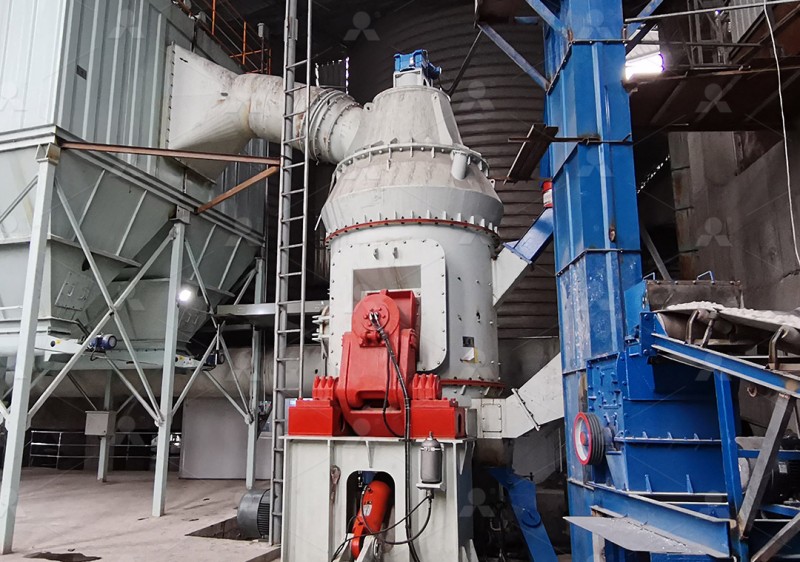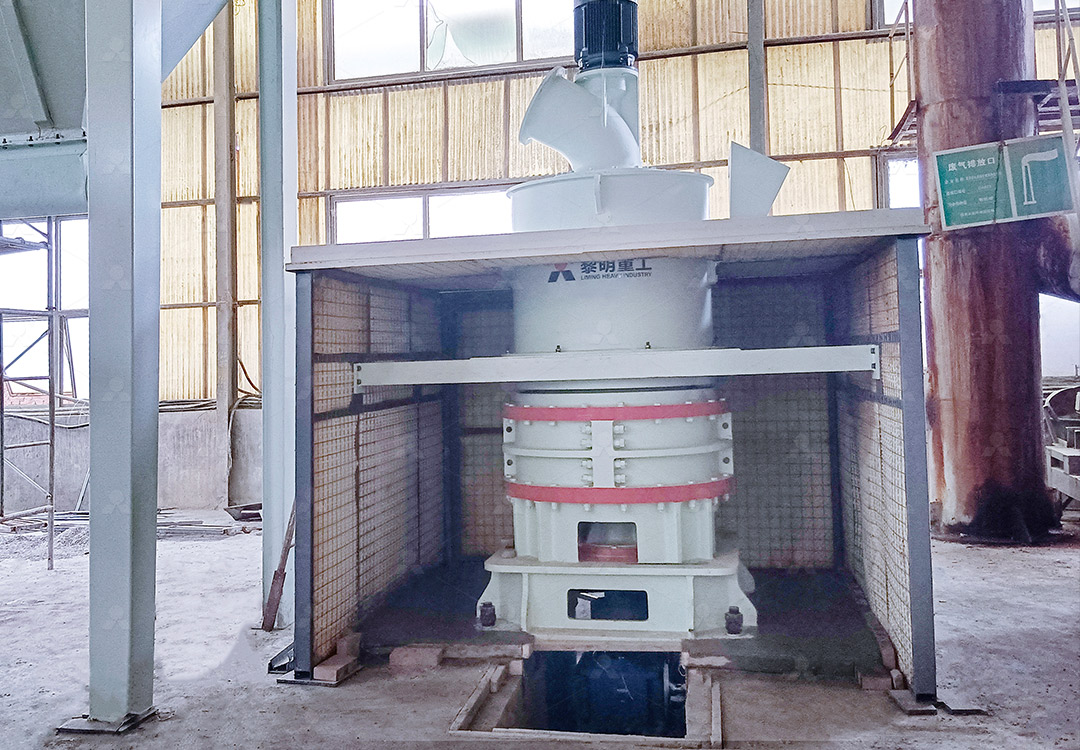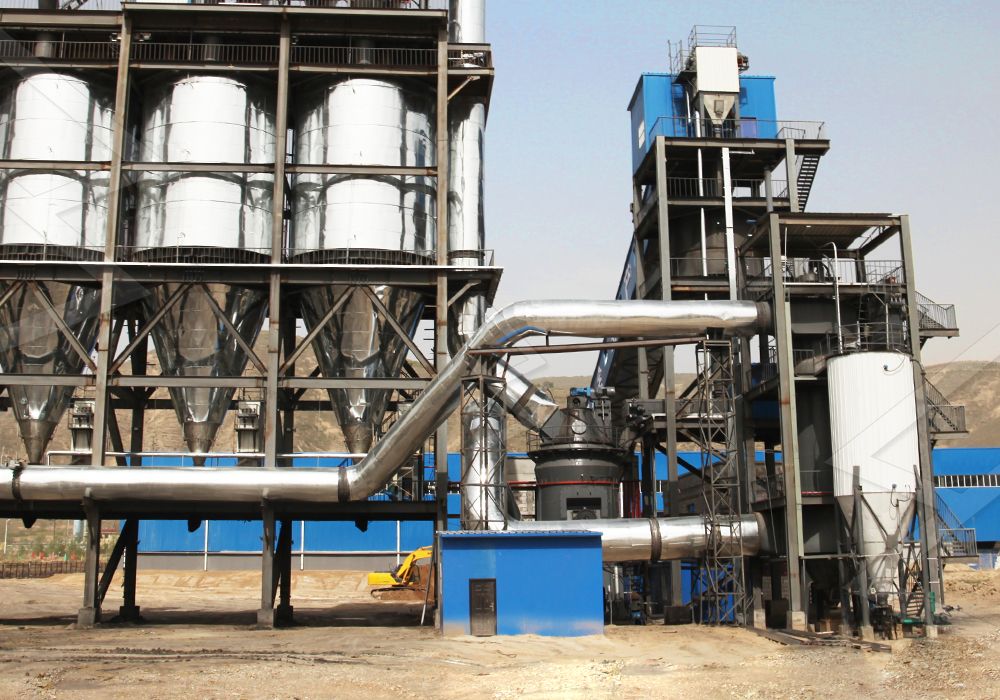Lithium Slag Grinding for Efficient Lithium Carbonate Extraction: Process & Equipment
Lithium Slag Grinding for Efficient Lithium Carbonate Extraction: Process & Equipment
The surging demand for lithium carbonate, driven by the electric vehicle and renewable energy storage revolutions, has intensified the focus on optimizing extraction processes. A critical, yet often underestimated, stage in this value chain is the comminution of lithium slag—a byproduct of spodumene processing. Efficient grinding is not merely a mechanical step; it is a pivotal operation that directly influences leaching efficiency, chemical consumption, and overall recovery rates of valuable lithium compounds.
The Grinding Imperative in Lithium Recovery
Raw lithium slag from the kiln is typically coarse and irregular. To maximize the surface area for subsequent chemical leaching, this material must be reduced to a fine, uniform powder. Inadequate grinding leads to incomplete leaching, leaving lithium trapped within larger particles and drastically reducing yield. Conversely, over-grinding is wasteful, consuming excessive energy and potentially creating slimes that complicate the filtration and washing stages. The target is a precise particle size distribution that liberates the lithium content without generating unnecessary fines.

Key Equipment Considerations
Selecting the right mill is paramount. Traditional ball mills, while robust, are often energy-intensive and offer limited control over particle size distribution, leading to a broad range of fines and potential overgrinding. For modern lithium processing plants, the shift is towards more advanced, energy-efficient vertical grinding mills and specialized ultrafine grinding systems that provide superior precision, lower energy consumption, and integrated drying capabilities.
For operations targeting ultra-fine powders to achieve maximum leach efficiency, the MW Ultrafine Grinding Mill presents a compelling solution. This machine is specifically engineered for customers who need to produce ultra-fine powder with high precision. With an input size of 0-20 mm and a capacity range of 0.5-25 tph, it’s well-suited for the consistent processing of lithium slag. Its cage-type powder selector, which incorporates German technology, allows for precise fineness adjustment between 325-2500 meshes, ensuring the optimal particle size for leaching is consistently achieved. A significant operational advantage is the absence of rolling bearings and screws in the grinding chamber, eliminating common failure points and concerns about loose components causing machine damage. Furthermore, its efficient pulse dust collector and muffler system ensure the grinding process meets stringent environmental standards, a non-negotiable aspect of modern mineral processing.

Integrating Grinding into the Process Flow
The grinding circuit does not operate in isolation. It is typically preceded by a primary crushing stage to reduce the slag to a manageable feed size for the mill. The ground product is then conveyed to leaching tanks where it is mixed with acid. The efficiency of this entire downstream process is contingent on the quality of the powder produced by the mill. A well-designed grinding circuit, featuring a mill like the MW series, contributes to lower acid consumption, shorter leaching times, and higher purity of the final lithium carbonate product after purification and crystallization.
Conclusion
In the quest for cost-effective and high-yield lithium carbonate production, overlooking the grinding phase is a critical mistake. Investing in advanced, efficient grinding technology is not an expense but a strategic investment. It directly enhances recovery rates, reduces operational costs (especially energy consumption), and ensures the process is environmentally compliant. For processors looking to gain an edge, evaluating high-performance mills designed for precision and reliability, such as the MW Ultrafine Grinding Mill, is an essential step towards building a superior and more profitable extraction operation.

